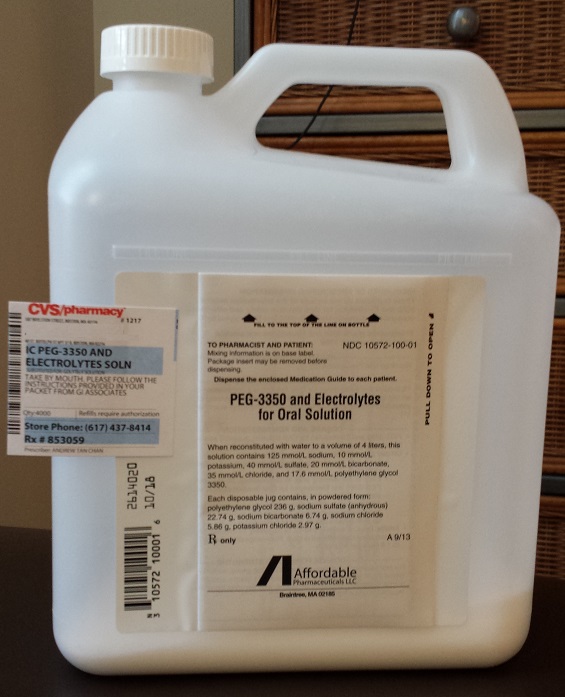|
Gluconacetobacter Liquefaciens
''Gluconacetobacter liquefaciens'' is a bacterium in the family Acetobacteraceae. It infects plants and is responsible for spoilage in wine and beer made with such infected plants. In July 2022, the microbe was detected in certain magnesium citrate solutions that are sold as part of the preparatory procedure for colonoscopies Colonoscopy () or coloscopy () is the endoscopic examination of the large bowel and the distal part of the small bowel with a CCD camera or a fiber optic camera on a flexible tube passed through the anus. It can provide a visual diagnosis (''e.g ... and other proctological procedures, resulting in product recalls. References Rhodospirillales {{alphaproteobacteria-stub ... [...More Info...] [...Related Items...] OR: [Wikipedia] [Google] [Baidu] |
Bacterium
Bacteria (; singular: bacterium) are ubiquitous, mostly free-living organisms often consisting of one biological cell. They constitute a large domain of prokaryotic microorganisms. Typically a few micrometres in length, bacteria were among the first life forms to appear on Earth, and are present in most of its habitats. Bacteria inhabit soil, water, acidic hot springs, radioactive waste, and the deep biosphere of Earth's crust. Bacteria are vital in many stages of the nutrient cycle by recycling nutrients such as the fixation of nitrogen from the atmosphere. The nutrient cycle includes the decomposition of dead bodies; bacteria are responsible for the putrefaction stage in this process. In the biological communities surrounding hydrothermal vents and cold seeps, extremophile bacteria provide the nutrients needed to sustain life by converting dissolved compounds, such as hydrogen sulphide and methane, to energy. Bacteria also live in symbiotic and parasitic relationshi ... [...More Info...] [...Related Items...] OR: [Wikipedia] [Google] [Baidu] |
Acetobacteraceae
Acetobacteraceae is a family of Gram-negative bacteria, belonging to the order Rhodospirillales, class Alphaproteobacteria. Two distinct clades are recognized. The acetic acid bacteria and a more heterogeneous group including acidophilic and phototrophic bacteria. The type genus is ''Acetobacter''. Ten genera from ''Acetobacteraceae'' make up the acetic acid bacteria. History ''Acetobacteraceae'' was originally proposed as a family for ''Acetobacter'' and ''Gluconobacter'' based on rRNA and DNA–DNA hybridization comparisons in 1980. Genera Accepted Genera The following genera have been effectively and validly published: * ''Acetobacter'' Beijerinck 1898 (Approved Lists 1980) * '' Acidibrevibacterium'' Muhadesi ''et al''. 2019 * ''Acidicaldus'' Johnson ''et al''. 2006 * ''Acidiphilium'' Harrison 1981 * ''Acidisoma'' Belova ''et al''. 2009 * ''Acidisphaera'' Hiraishi ''et al''. 2000 * ''Acidocella'' Kishimoto ''et al''. 1996 * ''Acidomonas'' Urakami ''et al''. 1989 * '' Ameyamae ... [...More Info...] [...Related Items...] OR: [Wikipedia] [Google] [Baidu] |
Magnesium Citrate
Magnesium citrate is a magnesium preparation in salt form with citric acid in a 1:1 ratio (1 magnesium atom per citrate molecule). The name "magnesium citrate" is ambiguous and sometimes may refer to other salts such as trimagnesium citrate which has a magnesium:citrate ratio of 3:2. Magnesium citrate is used medicinally as a saline laxative and to completely empty the bowel prior to a major surgery or colonoscopy. It is available without a prescription, both as a generic and under various brand names. It is also used in the pill form as a magnesium dietary supplement. It contains 11.23% magnesium by weight. Compared to trimagnesium citrate, it is much more water-soluble, less alkaline, and contains less magnesium. As a food additive, magnesium citrate is used to regulate acidity and is known as E number E345. Mechanism of action Magnesium citrate works by attracting water through the tissues by a process known as osmosis. Once in the intestine, it can attract enough water ... [...More Info...] [...Related Items...] OR: [Wikipedia] [Google] [Baidu] |
Colonoscopy
Colonoscopy () or coloscopy () is the endoscopic examination of the large bowel and the distal part of the small bowel with a CCD camera or a fiber optic camera on a flexible tube passed through the anus. It can provide a visual diagnosis (''e.g.,'' ulceration, polyps) and grants the opportunity for biopsy or removal of suspected colorectal cancer lesions. Colonoscopy can remove polyps smaller than one millimeter. Once polyps are removed, they can be studied with the aid of a microscope to determine if they are precancerous or not. Colonoscopy is similar to sigmoidoscopy—the difference being related to which parts of the colon each can examine. A colonoscopy allows an examination of the entire colon (1,200–1,500mm in length). A sigmoidoscopy allows an examination of the distal portion (about 600mm) of the colon, which may be sufficient because benefits to cancer survival of colonoscopy have been limited to the detection of lesions in the distal portion of the colon. [...More Info...] [...Related Items...] OR: [Wikipedia] [Google] [Baidu] |

